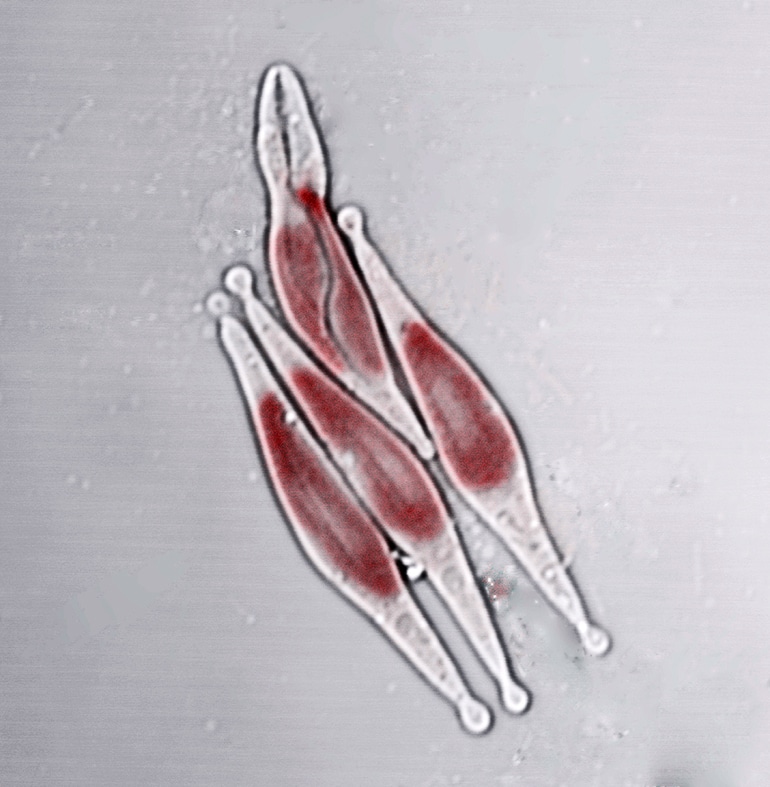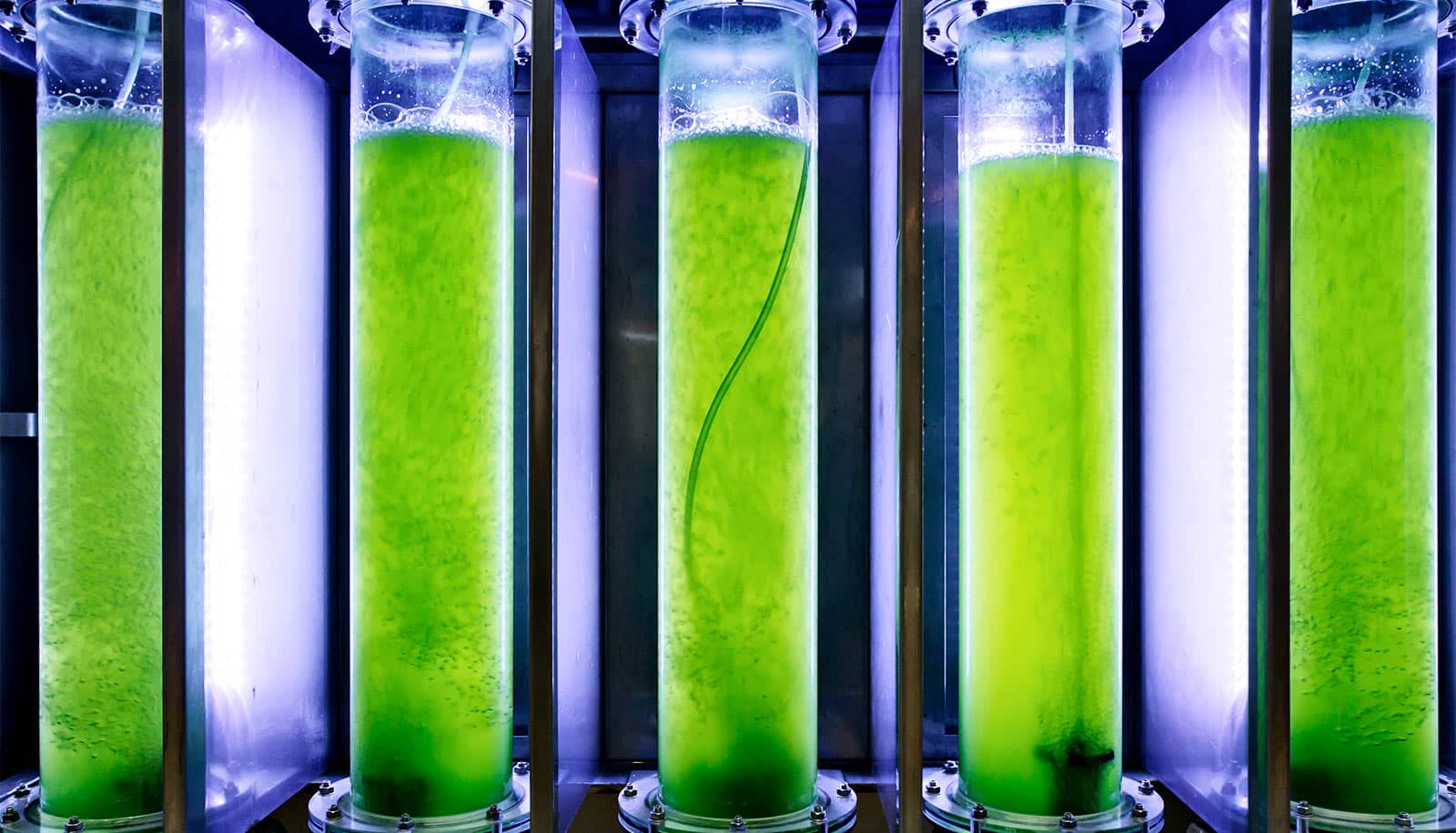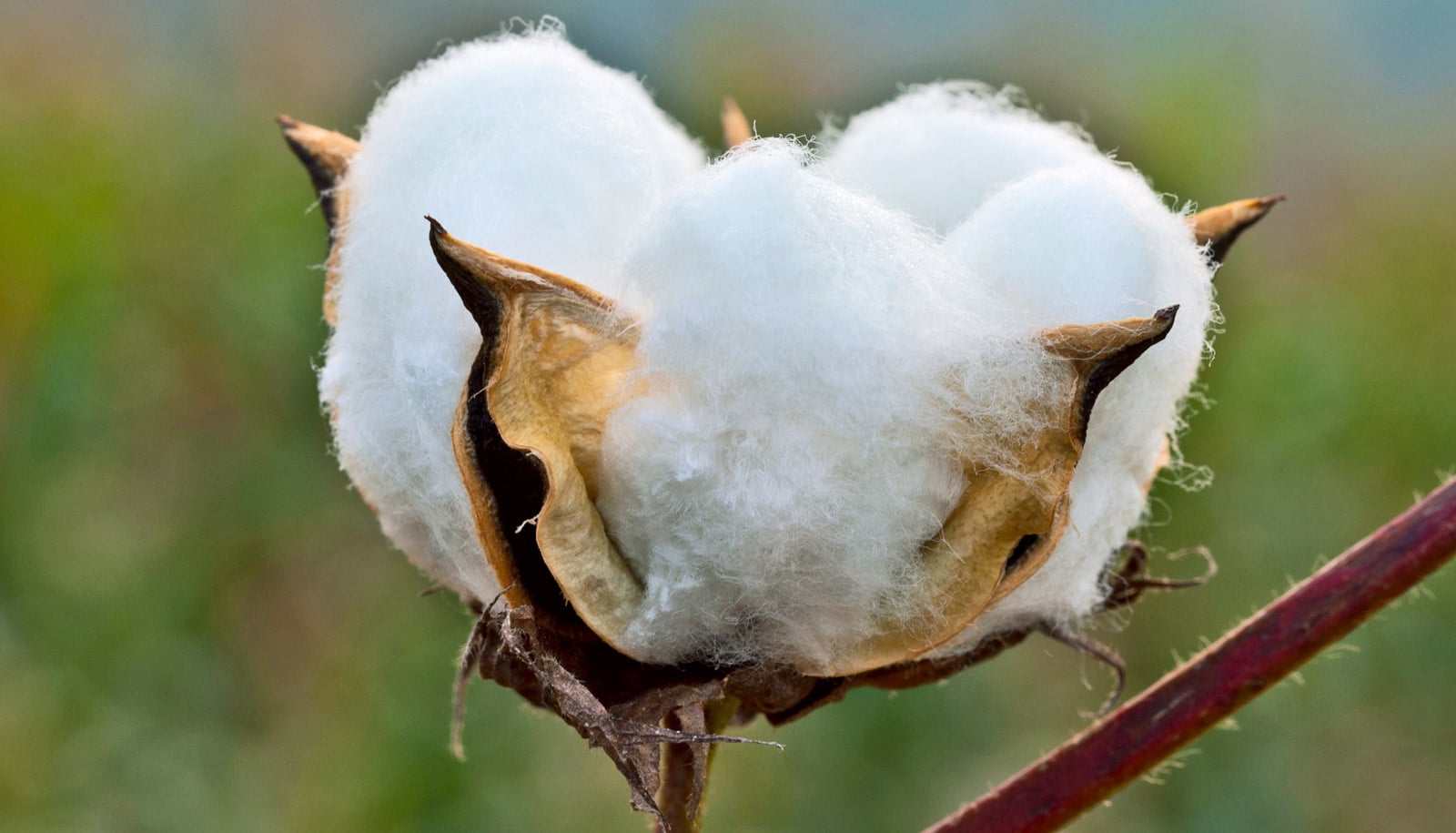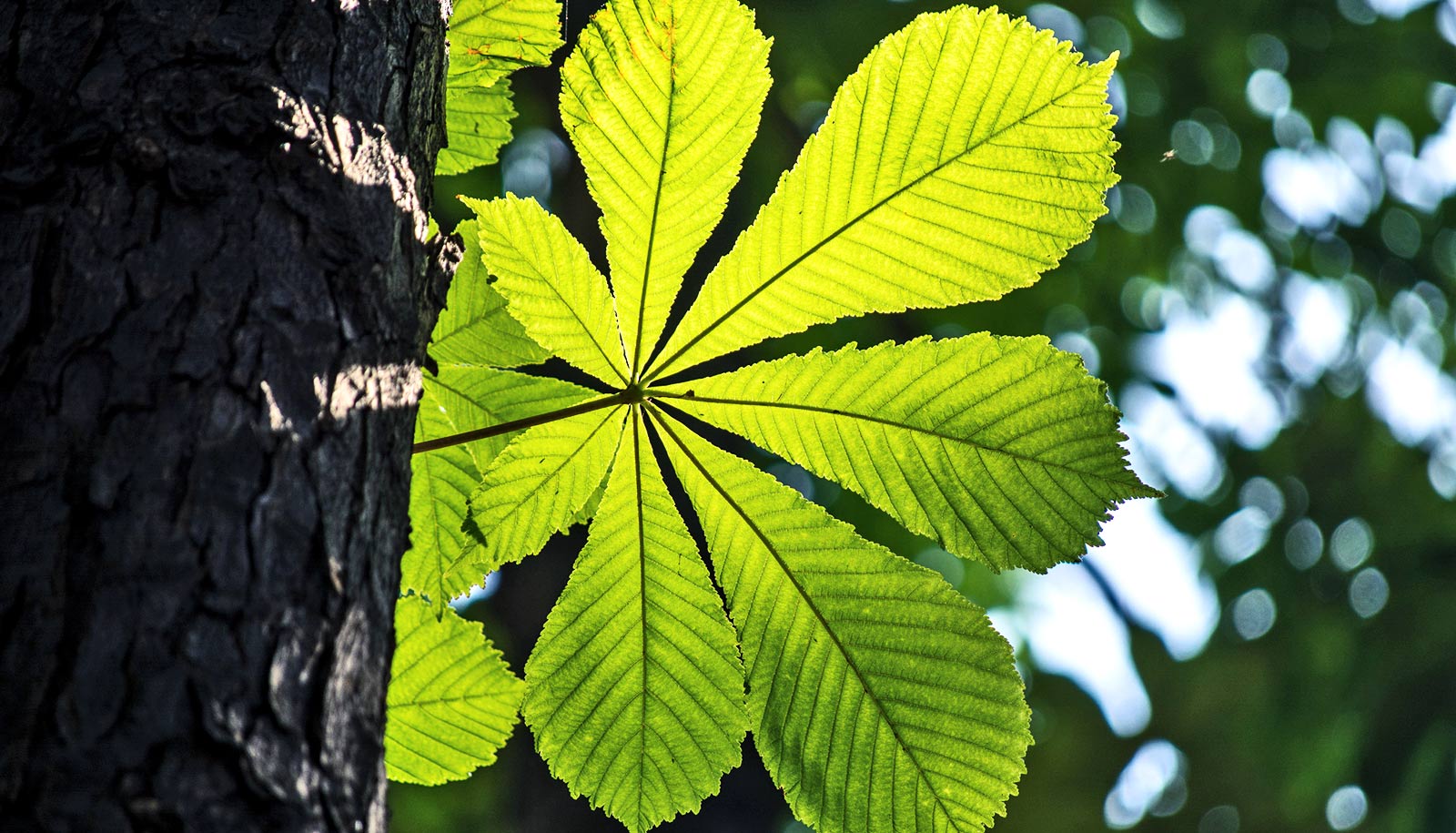Researchers have discovered how diatoms, a type of alga that produce 20 percent of the Earth’s oxygen, harness solar energy for photosynthesis.
The finding could help lead to more efficient and affordable algae-based biofuels, which could help fight climate change by cutting fossil fuel burning.
Oceans and other waterways are rich with algae—energy factories that convert sunlight and carbon dioxide into chemical energy and help remove carbon from the atmosphere. Diatoms are among the most successful species of algae. Their fossil oils are the source of the highest quality petroleum on Earth.

Scientists used a 3D bio-imaging tool to reveal for the first time the architecture of the proteins known as Photosystem II that diatoms use to absorb sunlight and power their photosynthesis.
They found that each cell includes two sets of these proteins, though only one set is active. The active set has a structure associated with pigment proteins, such as green chlorophyll that absorbs light, in an antenna to harvest light for photosynthesis. The inactive set lacks the antenna and does not participate in photosynthesis.
The researchers want to understand the limits of the power of photosynthesis in algae and harness that power to produce biofuels. Algae store energy in the form of natural oils and, under the right conditions, can make a lot of oil that can be converted into biofuels for cars, trucks, trains, and planes, according to the US Department of Energy.
“The next steps are to try to understand the mechanisms that control the dynamics between the proteins and support robust biochemical energy production,” says senior author Wei Dai, an assistant professor in the cell biology and neuroscience department at Rutgers University.
“That would lay the groundwork for further research into developing more cost-effective biofuels from algae and displace petroleum,” says coauthor Paul G. Falkowski, a professor who leads the Environmental Biophysics and Molecular Ecology Laboratory in the School of Environmental and Biological Sciences.
The research appears in the Proceedings of the National Academy of Sciences.
Additional coauthors are from Rutgers, Baylor College of Medicine, and Central South University in China.
Source: Rutgers University



